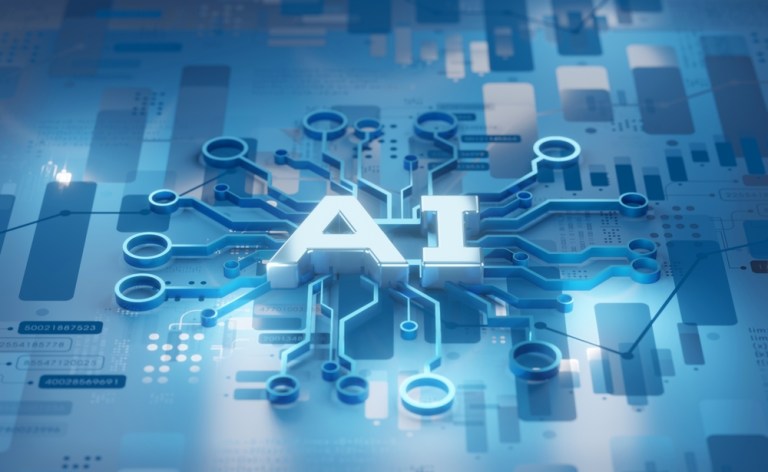
With the advent of artificial intelligence (AI), software got a major upgrade.
Given the rapid and continued innovation around AI, the major upgrade is only going to continue, particularly as chatbots are increasingly being transformed into a new breed of semi-autonomous systems that can do more than chat or generate images.
OpenAI calls them “GPTs” while others refer to them as AI Agents or AI Copilots. But no matter the moniker, they might soon be helping enterprises and individuals alike handle tasks as disparate as scheduling meetings or travel, editing files, pulling information and analyzing data, creating code and more.
The emerging capability for purpose-built AI programs that can work in tandem with human professionals to augment their capabilities and enhance their efficiency represents a foundational phase shift in the software landscape.
From turn-of-the-century on-premise solutions to the 2010’s cloud-based Software-as-a-Service (SaaS) solutions, the way businesses operate was increasingly reshaped.
Now, the latest evolution of workforce applications looks to be bespoke programs that, rather than being delivered as a service, are services themselves — only these new services are delivered in the form of software.
Call it the Service-as-Software era. With the announcement of OpenAI’s GPT store, it has officially begun.
Read also: Tailoring AI Solutions by Industry Key to Scalability
The arrival of commercially viable generative AI nearly a year ago has set off a wave of innovation whose benefits continue to crest.
But while ChatGPT, Bard and other buzzy chatbots were designed to generate digital texts, with multimodal updates designed to later move seamlessly across voice, text and imagery, today’s future-fit AI Copilots and GPTs take advantage of the underlying foundational model technology to do more.
OpenAI defines the semi-autonomous programs as “custom versions of ChatGPT that combine instructions, extra knowledge and any combination of skills” and “a new way for anyone to create a tailored version of ChatGPT to be more helpful in their daily life at specific tasks, at work or at home.”
Early customers like Amgen, Bain and Square are already leveraging internal GPTs to do things like craft marketing materials embodying their brand, aid support staff with answering customer questions, or help new software engineers with onboarding.
Whereas SaaS solutions require human employees and individuals to interface with software by physically touching buttons or clicking menus and other graphical widgets, AI Copilots can remove entirely the need for manual interfacing.
As bits of software themselves, AI can use other apps and sites by accessing their application programming interfaces directly and communicating with them there, representing a streamlined way to operate a computing application.
See also: Enterprise AI’s Biggest Benefits Take Firms Down a Two-Way Street
The idea is that automated AI Copilot systems will come to act as personal assistants, able to handle a variety of digitally native applications.
However, they will not be autonomous, as in able to operate wholly unsupervised.
As observers have noted, the “artificial” label in “artificial intelligence” is wrong because the technology is made by humans for human use.
AI Copilots will be able to create the perfect travel itinerary, among other tasks, but the end-user will still need to book the reservation and pay for the tickets themselves.
The value of these models lies in their speed and the scale at which they can operate, as well as their ability to remove mundane and repetitive tasks from human workflows, allowing human professionals to focus on tasks that require critical thinking, creativity and emotional intelligence while letting organizations cut down on operational costs.
Nearly two-thirds of Americans want an AI Copilot to help them do things like book travel. As revealed in the PYMNTS Intelligence report “Consumer Interest in Artificial Intelligence,” consumers interact with about five AI-enabled technologies every week on average, including browsing the web, using navigation apps and reviewing online product recommendations.
What’s more, 56% of consumers feel optimistic about the impact of AI on their work, believing AI will save them time.
Still, as Shaunt Sarkissian, founder and CEO of AI-ID, told PYMNTS in May: “No matter the ways and means in which AI is being harnessed, it’s incumbent on firms to mull how they can enhance value rather than just chase a trend.”
For all PYMNTS AI coverage, subscribe to the daily AI Newsletter.